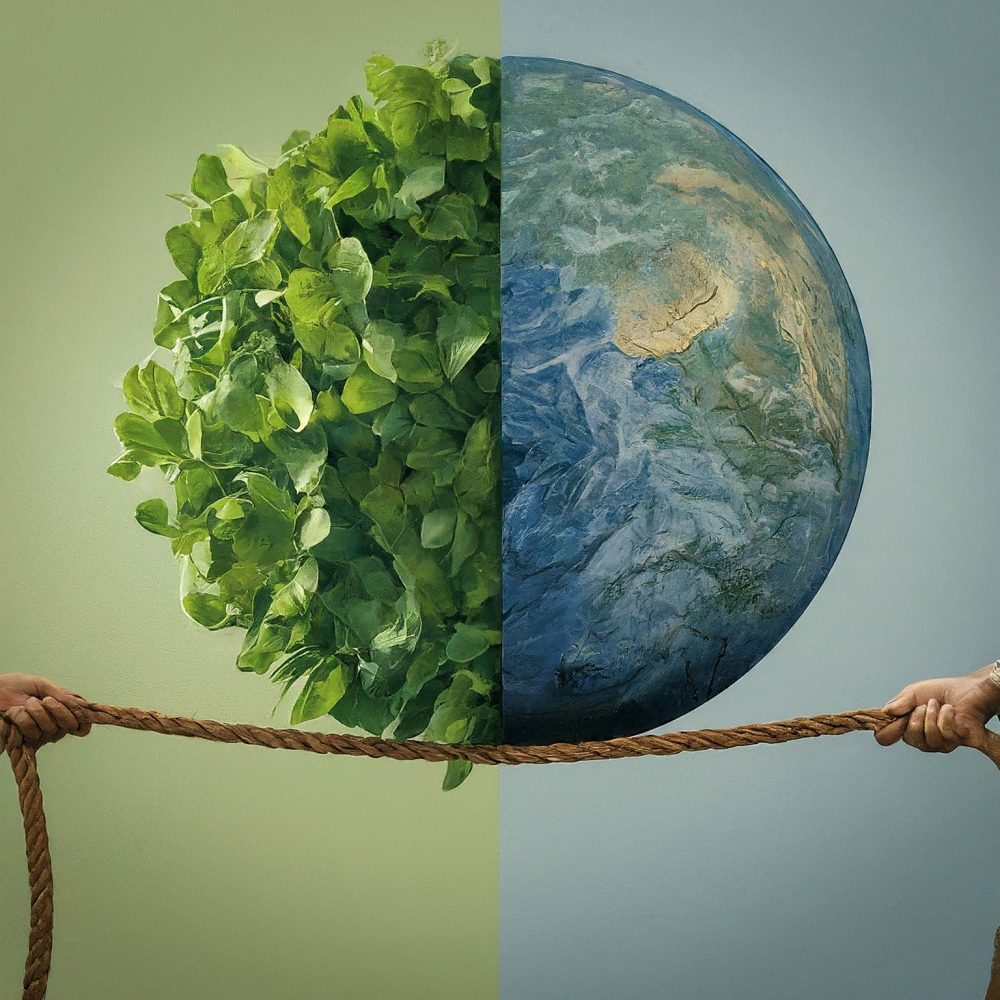
Sustainable Sanitary Napkins: Sisal’s Eco Promise
Recommended for Middle Grades
Imagine a world where the most basic needs of half its population are caught in a tug-of-war between sustainability and accessibility. This is the story of sanitary napkins, a simple yet vital product in the lives of millions of women and girls.
But there’s a twist in this tale: the potential game-changer named sisal, an unassuming plant, and a team from Stanford University led by Manu Prakash.
Listen to the news
Sisal: The Unsung Hero of Sustainability
- Tough Leaves, Tougher Potential: Sisal isn’t just another plant; it’s a survivor, a warrior in the plant kingdom. This tough guy, with its sword-like leaves, has been around since the times of the Aztecs and Mayans. Known for its versatility in textiles, sisal is now stepping into the ring of menstrual hygiene. Picture this: a plant that’s been around for centuries, now a key player in modern-day sustainability.
- Absorbency Game-Changer: When the Stanford team put sisal to the test, it knocked the socks off the commercial sanitary napkins’ absorption capabilities. Think of it like this: if absorbency was a marathon, sisal just sprinted past the finish line while others were still catching their breath. This discovery is huge because it means we might have a natural, sustainable solution to a problem that affects millions.
The Environmental Impact of Menstrual Products
- Synthetics & Sustainability: A Clash: Traditional sanitary napkins are like fast food – quick, convenient, but not great for the environment. They rely on wood pulp and synthetic polymers, which are not just scarce but also a nightmare for Mother Earth. The production process? It’s a chemical soup, releasing harmful substances into our world.
- Sisal’s Eco-Friendly Production Process: Now, let’s talk about how sisal is processed. Imagine termites, those little critters with an appetite for wood. Stanford’s team looked at how termites break down wood and thought, “Why not apply this to sisal?” They use a process that’s less Breaking Bad and more Planet Earth, avoiding the toxic by-products of traditional methods. This is like finding a way to cook a gourmet meal with zero waste – it’s revolutionary and respects the planet.
The Future of Menstrual Hygiene: Localized & Empowered
- Decentralized Manufacturing: A Community Affair: The vision for sisal-based sanitary napkins isn’t just about a greener product; it’s about shaking up the whole production line. Think small-scale, local manufacturing. This is like turning every community into a mini-factory, slashing the carbon emissions tied to transportation and large-scale production. It’s grassroots, it’s empowering, and it’s the future.
- Quality Meets Sustainability: Here’s the kicker – these plant-based products have to be as good, if not better, than what’s currently out there. It’s like a chef ensuring that the sustainable option on the menu doesn’t just feel good but tastes heavenly too. The challenge is ensuring these greener options deliver on their promise without cutting corners.
Reflection
Curious Times is a leading newspaper and website for kids. We publish daily global news aligned to your learning levels (also as per NEP 2020): Foundational, Preparatory (Primary), Middle and Senior. So, check out the News tab for this. We bring kids’ favourite Curious Times Weekly newspaper every weekend with top news, feature stories and kids’ contributions.
Curious Times News Program for Schools for FREE. Over 5,000 schools and teachers from all over the world have joined our programme so that students and teachers can get FREE Educative Newspaper. Here, kids can take part in world events and win prizes and certificates for free through their schools.
The following social media platforms allow you to communicate with us: Instagram.
0 (Please login to give a Curious Clap to your friend.)
